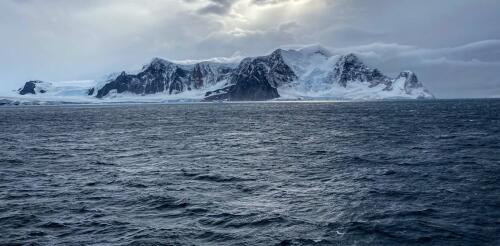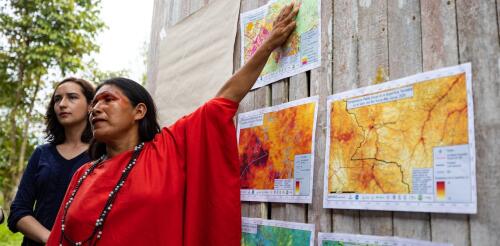South America
The story of renewable energy’s rapid rise in Latin America often focuses on Chinese influence, and for good reason. China’s government, banks and companies have propelled the continent’s energy transition, with about 90% of all wind and solar technologies installed there produced by Chinese companies. China’s State Grid now controls over half of Chile’s regulated energy distribution, enough to raise concerns in the Chilean government. China has also become a major investor in Latin America’s critical minerals sector, a treasure trove of lithium, nickel, cobalt and rare earth elements that are crucial for developing electric vehicles, wind turbines and defense technologies. In 2018, the Chinese company Tianqi Lithium purchased a 23% share in one of Chile’s largest lithium producers, Sociedad Química y Minera. More recently, in 2022, Ganfeng Lithium bought a major evaporative lithium project in Argentina for US$962 million. In April...
Looking out across the Southern Ocean near Antarctica, I can see whales and seabirds diving in and out of the water as they feed on sea life in the lower levels of the food web. At the base of this food web are tiny phytoplankton – algae that grow at the ocean surface, taking up carbon from the atmosphere through photosynthesis, just as plants on land do. Because of their small size, phytoplankton are at the mercy of the ocean’s swirling motions. They are also so abundant that the green swirls are often visible from space. Typically, phytoplankton remain near the surface of the ocean. Some may slowly sink to depth because of gravity. But in the turbulent Drake Passage, a 520-mile-wide (850 km) bottleneck between Antarctica and South America, something unusual is happening, and it has an impact on how the ocean takes carbon dioxide – the main driver of global warming – out of the atmosphere. A satellite image capt...
Leer en español ou em português The Ashéninka woman with the painted face radiated a calm, patient confidence as she stood on the sandy banks of the Amonia River and faced the loggers threatening her Amazonian community. The loggers had bulldozed a trail over the mahogany and cedar saplings she had planted, and blocked the creeks her community relied on for drinking water and fish. Now, the outsiders wanted to widen the trail into a road to access the towering rainforests that unite the Peruvian and Brazilian border along the Juruá River. María Elena Paredes, as head of the Sawawo Hito 40 monitoring committee, said no, and her community stood by her. She knew she represented not just her community and the other Peruvian Indigenous communities, but also her Brazilian cousins downstream who also rely on these forests, waters and fish. Roads beget more roads. The Interoceanic Highway, shown here, allowed logge...


